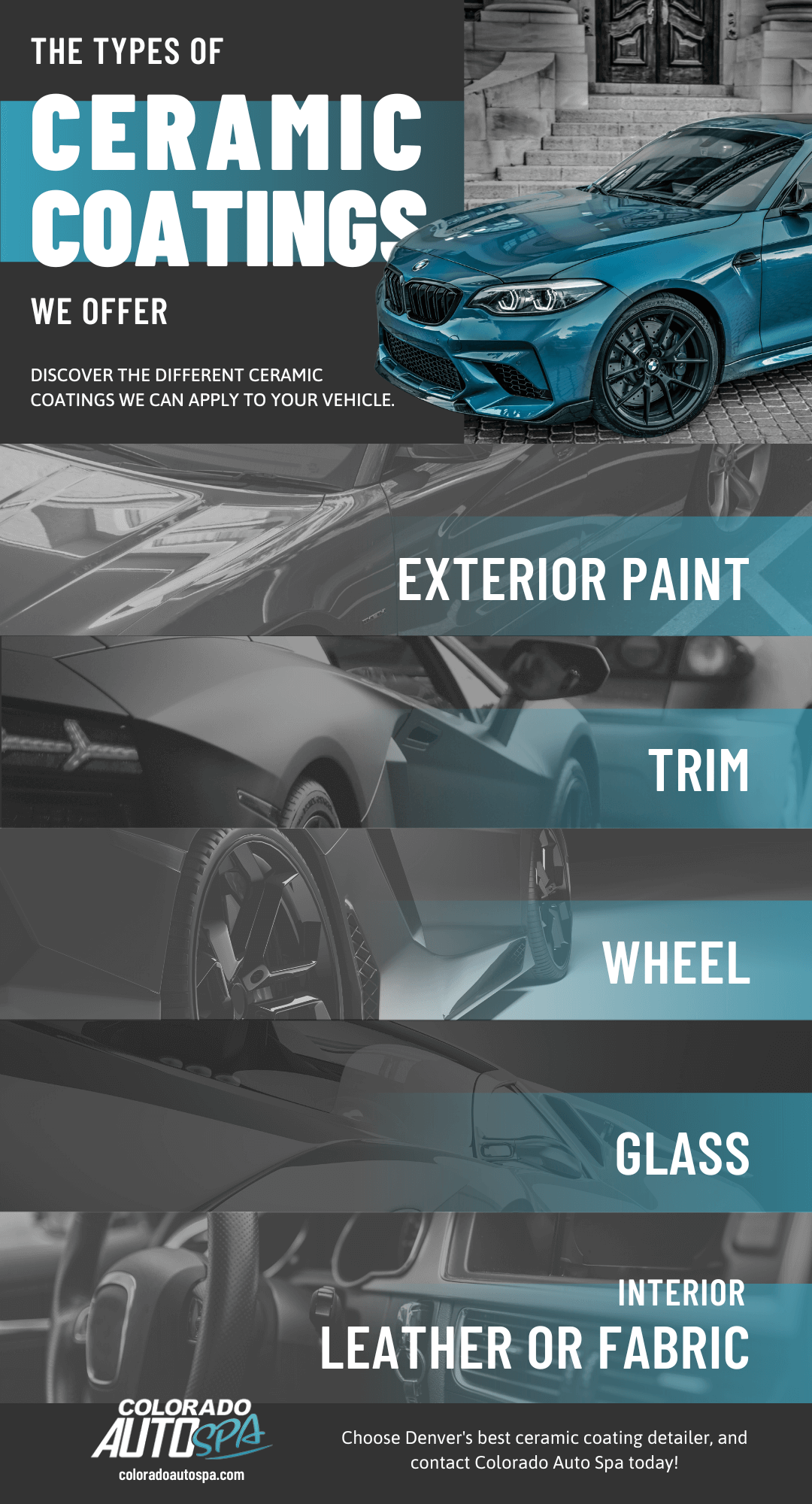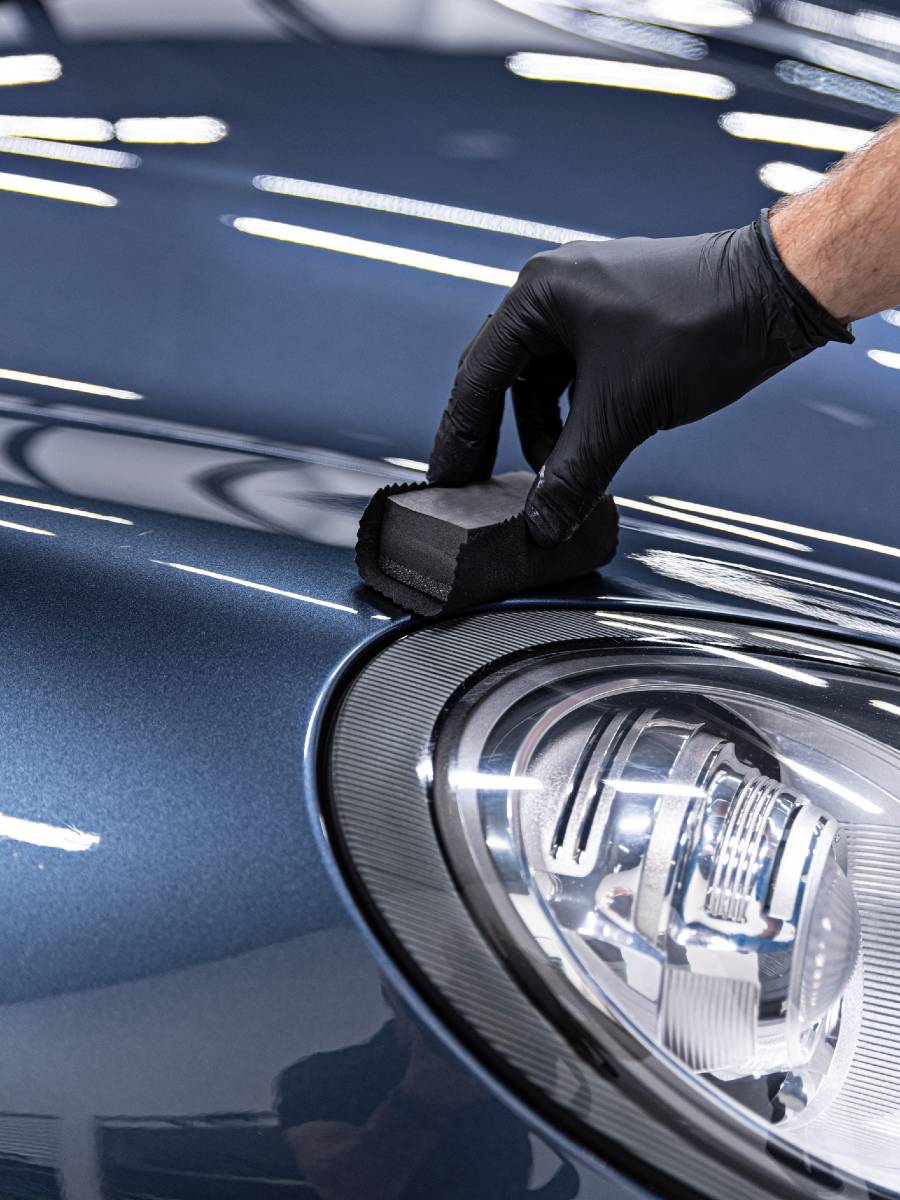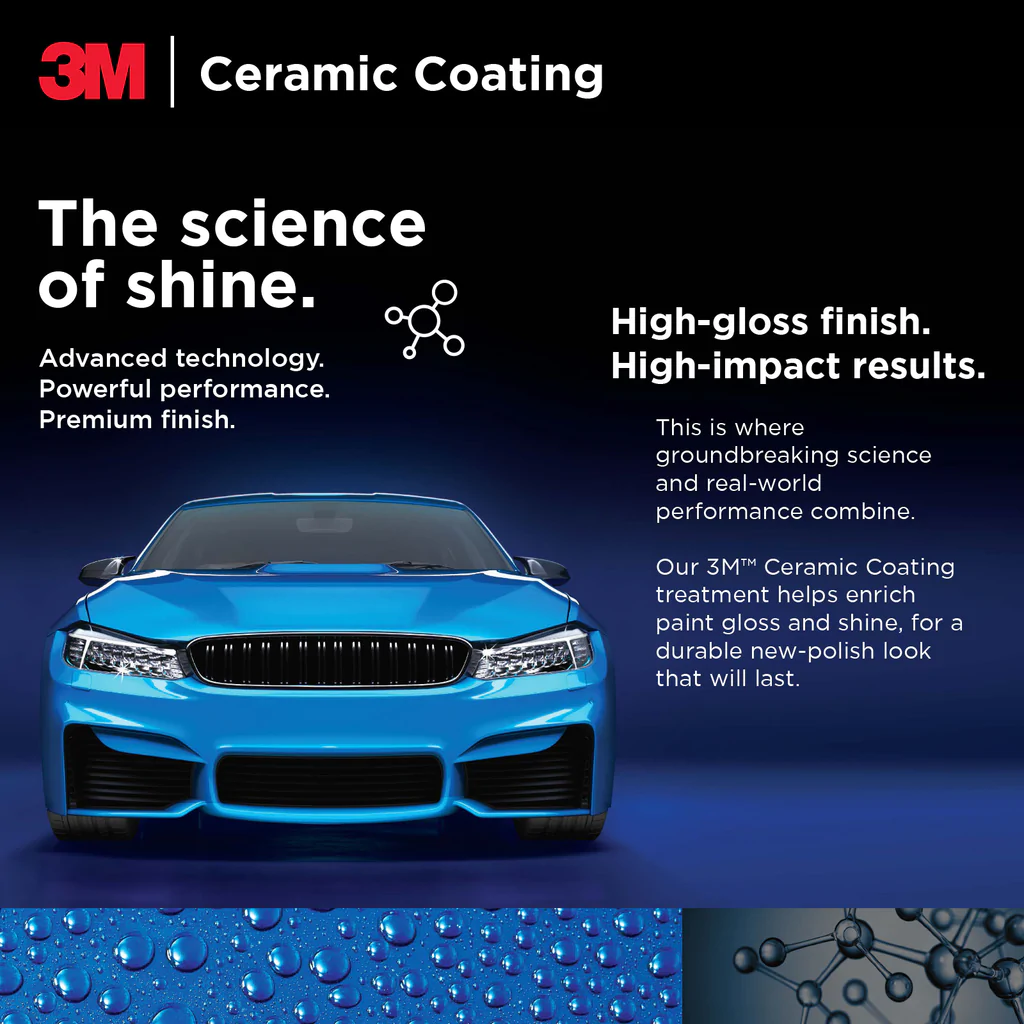Important Maintenance Tips After Applying Ceramic Coating to Your Car
Wiki Article
The Role of Ceramic Layer in Shielding Your Car's Paint From Environmental Damages
Ceramic finish has arised as an advanced remedy for automobile owners seeking to preserve the honesty of their lorry's exterior. By developing a durable chemical bond with the paint, this sophisticated technology uses a powerful obstacle versus various ecological threats, such as UV rays, acid rainfall, and pollutants. Comprehending the comprehensive advantages and the intricacies of the application procedure is necessary for optimizing its efficiency. As we check out the nuances of ceramic layer, it becomes apparent that the option to apply this safety procedure could considerably affect your automobile's longevity and visual.What Is Ceramic Covering?
Ceramic finishing is an advanced liquid polymer related to the external surfaces of a lorry, made to provide a long lasting layer of defense for the paint. This cutting-edge option develops a chemical bond with the car's factory paint, creating a hydrophobic and resilient guard. The finish includes nanoparticles that complete the tiny imperfections in the paint, leading to a smooth surface area that boosts gloss and shine.Typically, ceramic finishes are offered in different formulas, permitting for different degrees of security and durability. While some items can last for several months, others use security for several years, relying on the thickness of the application and environmental elements. The application process requires careful preparation, including cleaning, decontaminating, and brightening the automobile's surface area to guarantee ideal attachment of the coating.

Advantages of Ceramic Covering
Among the main advantages of using a ceramic layer is the remarkable security it uses to automobile paint. This innovative finishing develops a durable layer that shields the lorry's surface area from a range of ecological dangers, consisting of UV rays, acid rainfall, bird droppings, and tree sap. By giving this durable defense, ceramic coatings substantially lower the risk of fading and etching, protecting the vehicle's aesthetic allure gradually.
In addition to security, ceramic layers are renowned for their hydrophobic residential properties, which repel water and dust, making it easier to keep a tidy automobile. This self-cleaning impact reduces the regularity of washing, saving both time and sources. Ceramic coatings enhance the depth of the paint's gloss, resulting in a polished and vivid appearance that boosts the total look of the car.
Another notable benefit is the long life of ceramic finishes. Unlike typical waxes or sealers that call for constant reapplication, ceramic finishes can last a number of years, offering a cost-efficient remedy for cars and truck owners seeking long-term security. In general, investing in ceramic coating leads to enhanced sturdiness, minimized upkeep, and sustained visual charm for automobile paint.
Just How Ceramic Coating Works
A ceramic covering operates through a chemical bonding procedure that creates a protective layer on the automobile's paint surface area. This innovative option uses innovative nanotechnology, where tiny fragments of silica are put on hold in a fluid kind - ceramic coating. Upon application, these bits bond with the manufacturing facility paint, creating a resilient and hydrophobic layer that improves the car's surfaceThe major part of ceramic layers, silicon dioxide (SiO2), adds to the covering's strength and resilience. When cured, the covering transforms into a difficult, glass-like surface that shields the paint from ecological pollutants such as dirt, UV find this rays, bird droppings, and tree sap. This molecular bond causes a surface that is not only resistant to scratches but additionally less complicated to clean, as dust and gunk are less most likely to stick.
Additionally, the hydrophobic residential or commercial properties of ceramic finishings create water to bead and slide off, lowering the opportunities of water spots and mineral deposits. This protective obstacle successfully prolongs the life of the paint and maintains the lorry's aesthetic charm, offering cars and truck proprietors a durable service for paint security.
Application Refine of Ceramic Covering
When taking into consideration the application of ceramic coating, preparation is key to attaining optimal results. Any kind of scratches or flaws ought to be resolved at this phase, as the finishing will certainly bond with the surface area underneath.

Ceramic finish is after that used in little areas, generally utilizing an applicator pad. The vehicle needs to be left to treat in a controlled atmosphere to permit the why not try this out finishing to completely bond with the paint.
Long-Term Upkeep and Treatment
Accomplishing an effective ceramic finishing application sets the structure for long-term protection, yet proper maintenance is important to preserving its benefits. Normal washing is necessary; using a pH-neutral car hair shampoo will certainly assist read this article maintain the layer's stability without triggering damage. Prevent automated automobile washes that usage abrasive products, as they can endanger the coating's surface.
Moreover, applying a ceramic coating maintenance spray can improve the existing layer, offering an additional increase in protection and sparkle. It's a good idea to perform this every 3 to six months, relying on environmental direct exposure.
Finally, vehicle parking in shaded locations or utilizing vehicle covers can prevent prolonged direct exposure to unsafe UV rays and environmental pollutants, additionally extending the life of your ceramic finish. By adhering to these upkeep methods, you can ensure your vehicle's surface stays protected and aesthetically appealing for many years ahead.
Conclusion
In summary, ceramic layer works as a crucial safety measure for automotive paint, properly securing cars from a variety of environmental hazards. Its capability to produce a durable hydrophobic barrier not only boosts visual charm but also considerably reduces the frequency and strength of upkeep required. The lasting nature of this sophisticated polymer highlights its value in maintaining car stability and appearance, eventually adding to a much more aesthetically enticing and resilient automobile surface.Ceramic finish is an innovative fluid polymer applied to the outside surfaces of a car, designed to give a sturdy layer of protection for the paint. Ceramic finishes improve the deepness of the paint's gloss, resulting in a polished and dynamic look that raises the total appearance of the lorry.
A ceramic finish operates through a chemical bonding procedure that develops a protective layer on the lorry's paint surface.The main component of ceramic coverings, silicon dioxide (SiO2), adds to the layer's toughness and strength.In recap, ceramic finish serves as an important safety measure for automotive paint, efficiently securing automobiles from an array of environmental threats.
Report this wiki page